Italy is one of the most popular destinations in the world.
Eager travelers love coming to this enticing country to experience its rich cultural heritage, amazing historic sites, world famous art, and outstanding landscapes.
This guide will point you to the best places to visit in Italy so you can get the very most of your trip to this incredible destination.
And each has its own story of centuries-old tradition and immense beauty in Italy.
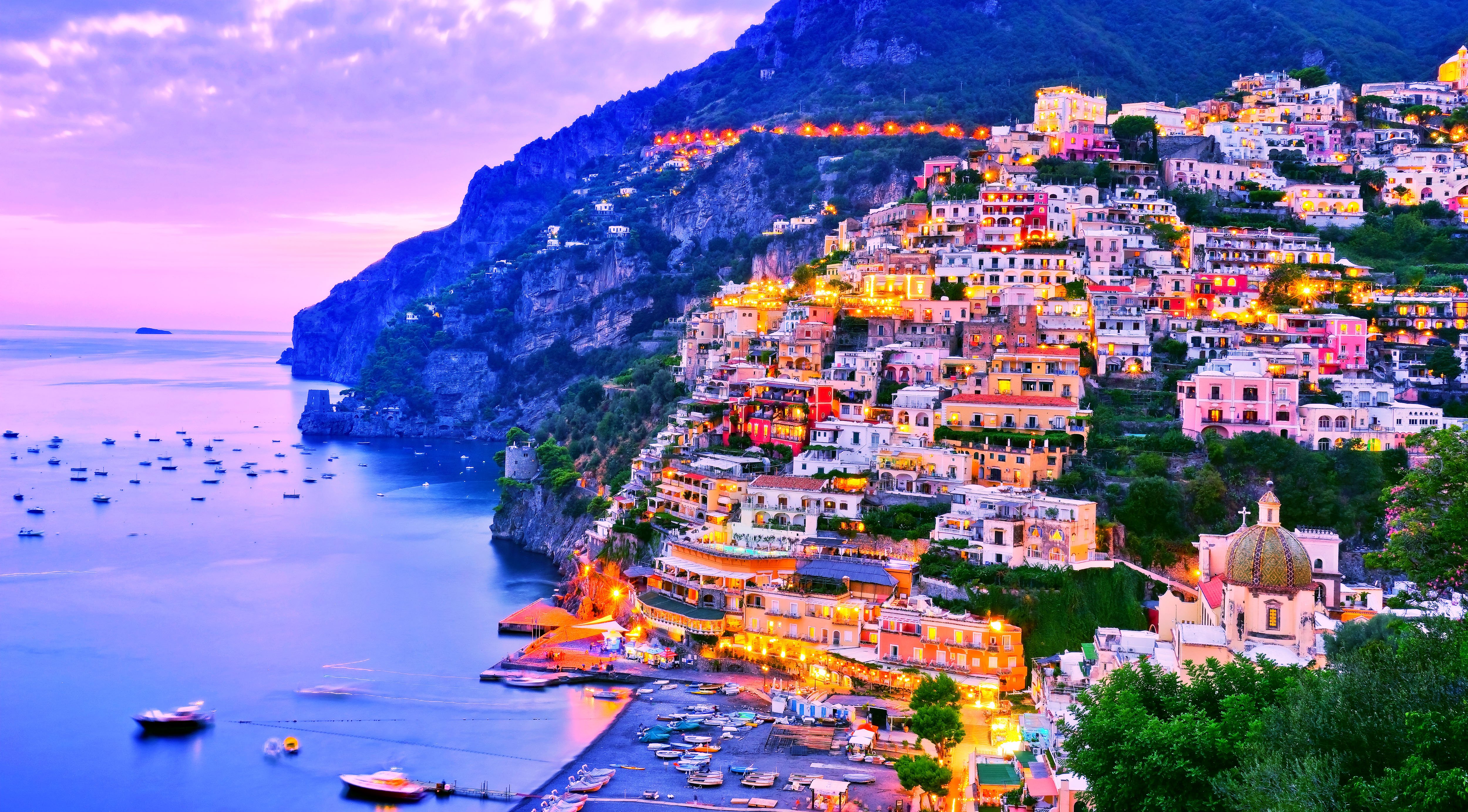
Natural Wonders
1. Amalfi Coast
The Amalfi Coast is just stunning. Huge cliffs jut above the blue water, and villages of all colors perch on the side of them.
Be sure not to miss the idyllic Postiano, with its beautiful buildings and tiny, winding lanes. You can’t go wrong in this region full of beautiful backdrops and great seafood.
The views here are arguably some of the most spectacular on earth, especially in picturesque towns like Positano. Order some fresh fish — you’re in the Mediterranean, after all!
Best Time to Visit: Go in spring or early fall for the nicest weather and when the tourists disappear.
How to Go There: Fly to Naples and follow the coast road scenic drive, or take a bus for a breathtaking view.
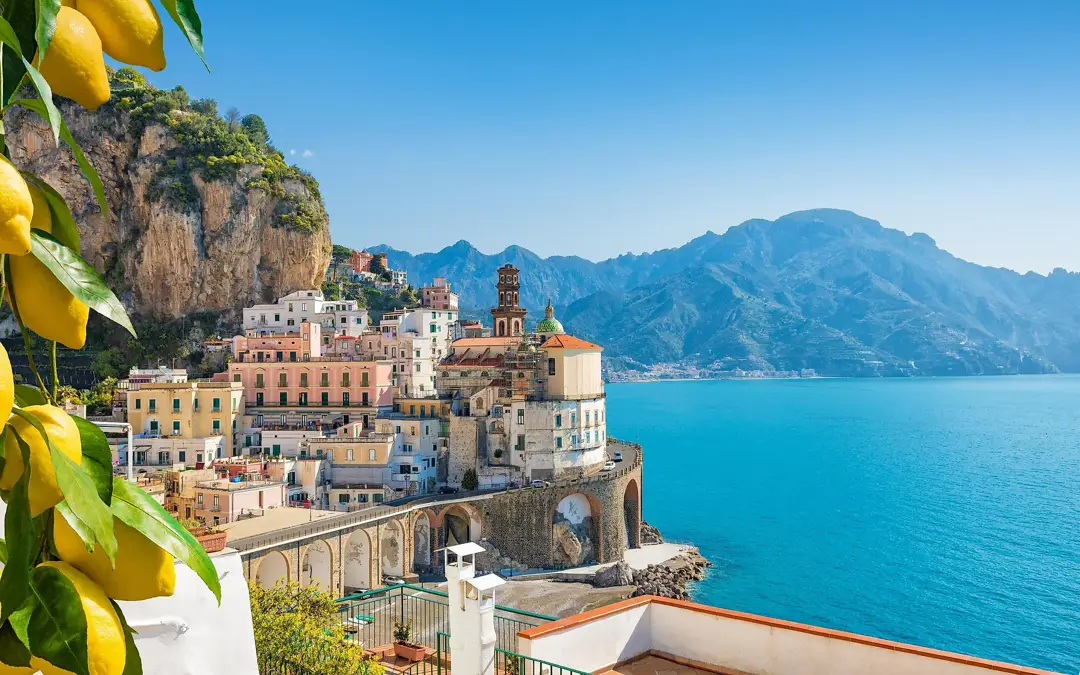
2. Cinque Terre National Park
Picture five rainbow-colored villages backed by rocky hills and fronted by the crystal-clear blue Ligurian Sea. That’s Cinque Terre National Park.
The region is perfect for hiking and offers some of the best views of the sea and colorful villages. The region is also known for its wine, so after a long hike be sure to swirl a glass too!
Best Time to Visit: The best time to visit is late spring or early fall, with comfortable temperatures and fewer visitors.
How to Go There: Visit by train from cities such as Florence and Genoa for a scenic, relaxing trip to this charming village.
3. Lake Como
Lake Como is a lake with a shape of an upside-down Y, with two branches. The lake offers gorgeous views of the surrounding mountains and seamless villas. Taking a boat ride on the lake is the best way to enjoy the sights.
You won’t be disappointed by Como’s tranquility. It’s so peaceful and serene that you might even be able to hear a pin drop! It’s the most serene place in Italy to escape from it all and is no wonder that so many Hollywood A-listers call it home.
Best Time to Visit: Your best opportunity is during spring and early summer, when the flowers are blooming.
How to Go There: The easiest route is to fly to Milan and then catch a train to Varenna where you can hop on a short ferry to the villas across the lake.
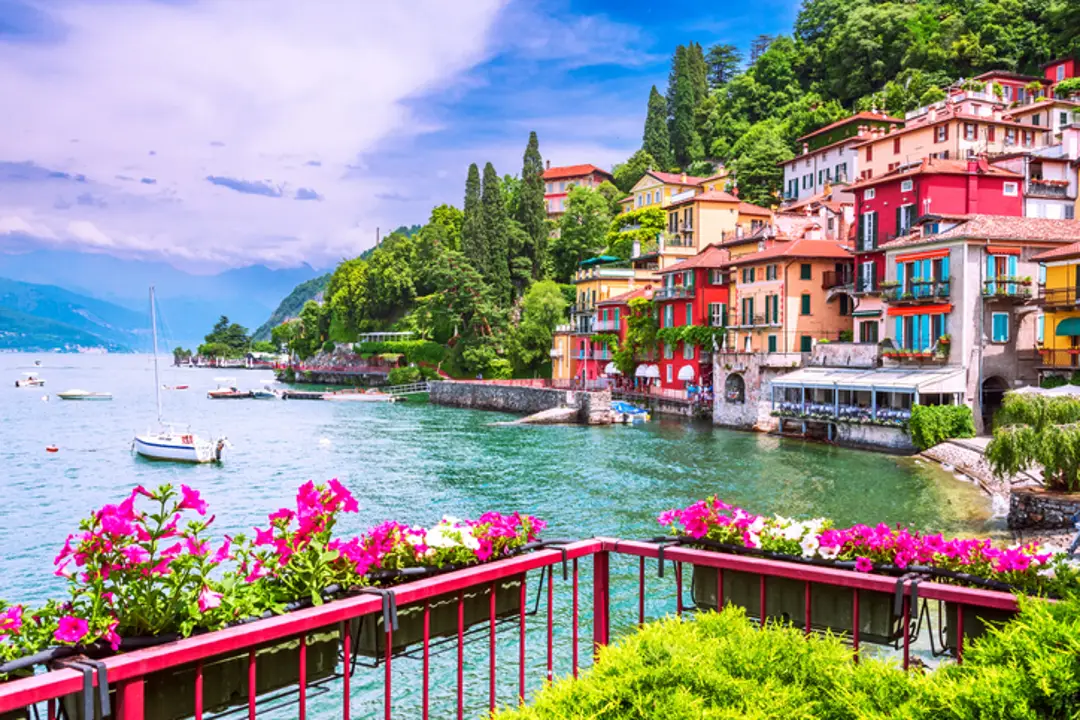
4. Dolomites Mountain Range
The Dolomites have some of the most jaw-dropping mountain scape in all of Europe. The huge towering jagged peaks, the rolling green alpine meadows – here you can enjoy nature at its finest.
With plenty of outdoor activities like skiing in the winter and hiking in the summer, these views are amazing year-round.
Ideal for hikers and skiers, with stunning panoramic views. You will be amazed at the views and the plethora of activities.
Best Time to Visit: Winter is for skiing and snow related activities, Summer is perfect for hiking.
How to Go There: Take a road or train trip from cities such as Venice for scenic road trips.
5. Stromboli Volcano (Aeolian Islands)
Stromboli is not your typical spot– it’s an experience! It’s one of the few places you can see a volcano erupt and see the lava light up the night sky.
If you’re looking for adventure, going on a hike for Stromboli isn’t just exciting, it’s an experience you probably won’t soon forget.
Best Time to Visit: Best in spring or fall when it’s cooler for walking and enjoying.
How to Go There: To get to Stromboli, just take a ferry from Naples or Sicily, which will drop you right on the island.
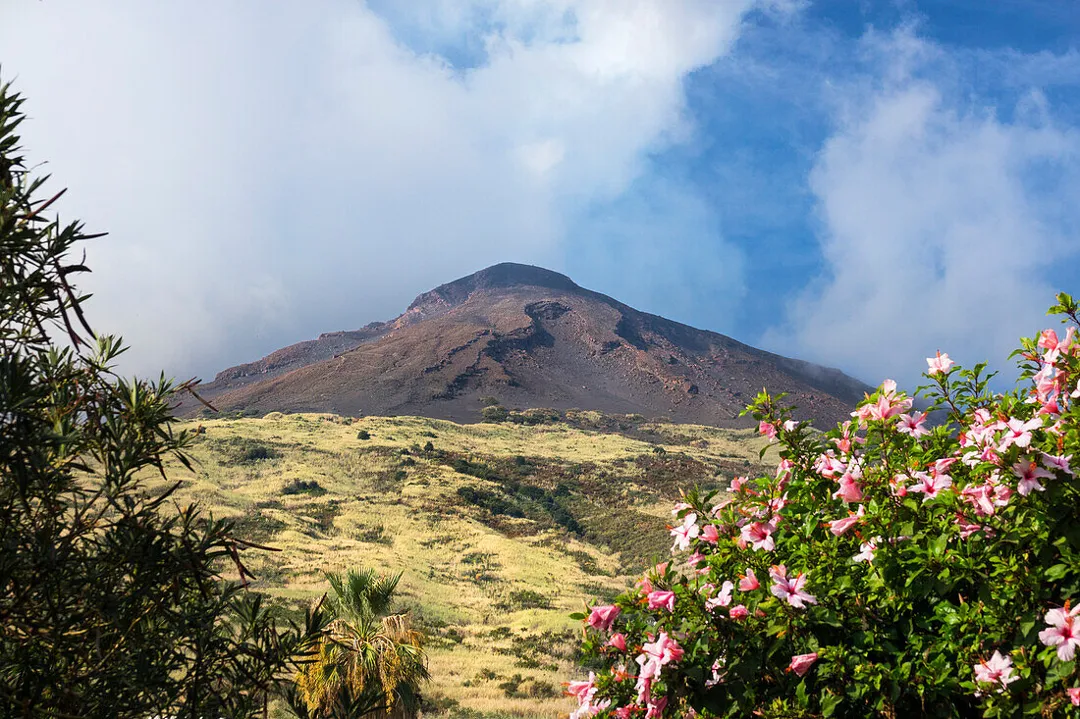
Artistic and Cultural Treasures
6. Venice Canals and St. Mark’s Basilica
There’s nothing like a ride through the Venice canals. It’s an experience you’ll never forget. As you float through these gorgeous waterways, surrounded by ancient palaces and passing by the grand St. Mark’s Basilica, you can’t help but be in awe of the city.
The gondola rides offer a unique way to see Venice, and the elaborate Byzantine-style architecture of the basilica is incredible.
Make sure you see the unusual skyline and take a gondolier-led trip. St. Mark’s Basilica (above) is the finest example of Byzantine architecture in the city; don’t bypass it.
Best Time to Visit: Late spring and early fall are ideal times to escape the crowds yet still have decent weather.
How to Go There: Get to the city by flying into Venice Marco Polo Airport or by train to Santa Lucia Station.
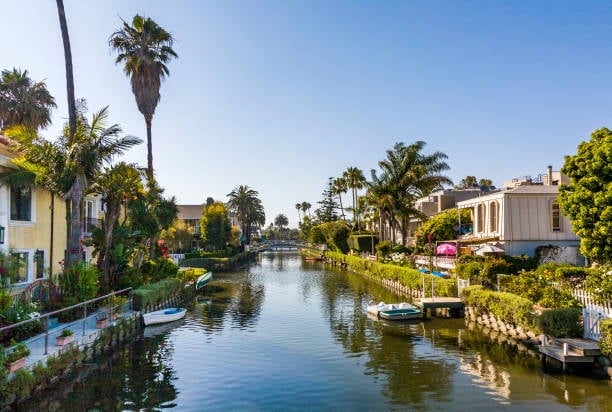
7. Teatro alla Scala (Milan)
Teatro alla Scala (Milan). It’s not just an opera house, but the center of culture and grandeur in the city. When you walk into this world-famous building, you are transported to a world of grace and tradition.
A show in this theater is some-thing you’ll never forget, as the acoustics are second to none and the interior is simply stunning.
It’s a cultural tempest in a teapot, a place to see the world’s finest opera amidst grand architecture.
Best Time to Visit: The best time to see a show is during the opera season (December to May).
How to Go There: Take a flight to Milano Malpensa Airport then hop on a bus or a cab to the center of Milano, near the Teatro alla Scala.
8. The Vatican Gardens
The Vatican Gardens offer a tranquil getaway from the chaos of Rome. The well-manicured gardens are a quiet sanctuary steeped in more than one thousand years of history.
Walking through these gardens is like crossing over into another universe — a universe without the sounds of the city. It’s a unique chance to see the Vatican’s natural side.
You get to see a side of The Vatican that most don’t while you’re there, and you learn about the history of the area as well as what grows here.
Best Time to Visit: Landscape looks its best in spring or early fall. Ideal for a stroll.
How to Go There: Access to the Vatican Gardens is only available via guided tours arranged through the Vatican Museums then enter through the Vatican Museums entrance near Viale Vaticano in Rome.

9. Galleria Borghese (Rome)
Galleria Borghese is an art lover’s paradise. This small villa and museum in the gardens of Villa Borghese contains some of the best works of art in the city, including pieces by Bernini and Caravaggio.
You’re in constant company with masterpieces as you wander these halls. Each piece has a story to tell.
It’s an intimate exhibition of high-quality art in an amazing villa and gardens.
Best Time to Visit: Try to go during the week so you don’t get overwhelmed by the weekend crowds and can interact with the art more.
How to Go There: The museum is just a short taxi ride (or walk) from the center of Rome.
10. Peggy Guggenheim Collection (Venice)
Located in a beautiful Venetian palace on the Grand Canal, this museum showcases contemporary works by artists such as Picasso and Pollock. While Venice is known for its history, this unique museum displays a much more recent type of art.
It’s an interesting contrast to the other type of artwork that lines the city and a wonderful little museum to visit if you enjoy art.
It’s a one-of-a-kind mix of modern art in a historic Venetian palace.
Best Time to Visit: Consider visiting late in the afternoon to avoid crowds and explore galleries in peace with stunning canal views.
How to Go There: Vaporetto (water bus) to the Accademia stop then it’s a very short walk to the museum.
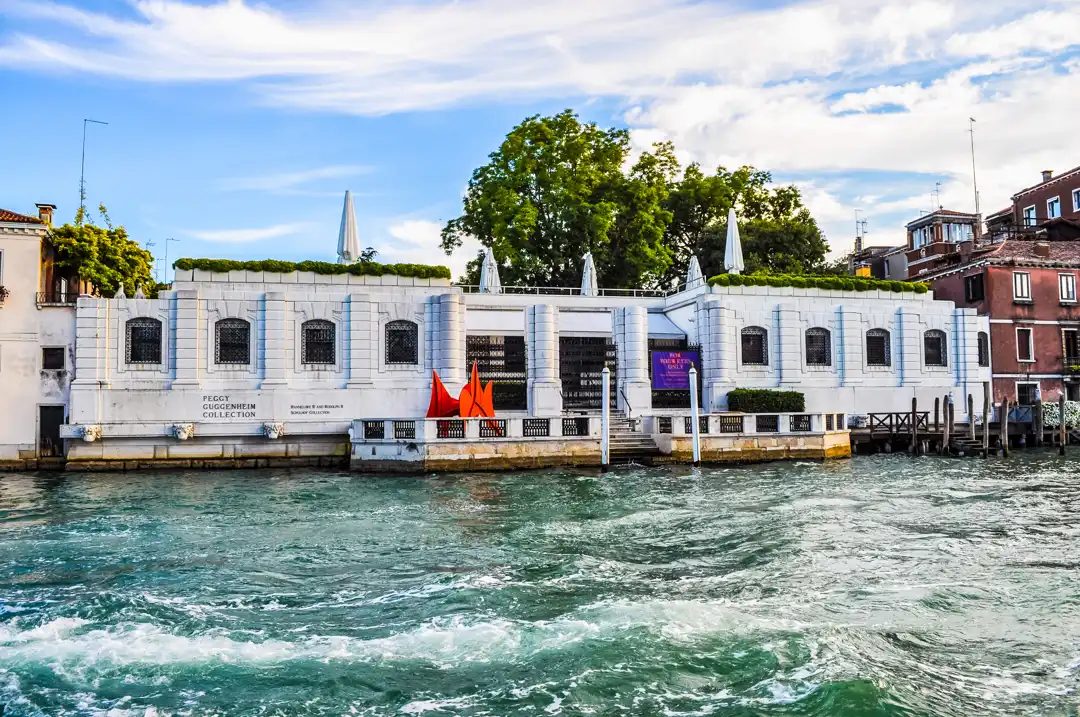
Unique Local Experiences
11. Val d’Orcia (Tuscany)
Without a doubt, driving through Val d’Orcia is like driving into a postcard. The rolling hills, medieval towns, and vineyards make it the classic Tuscan landscape people dream of when they picture Italy.
This is a destination for wine aficionados as well as shutterbugs, offering picturesque vistas and memories you’ll never forget.
It’s a great region for wine tasting tours and drives. There’s a postcard-perfect view around every corner, and the area is a photographer’s dream.
Best Time to Visit: The best weather for exploration is in late spring and early fall, when everything is in full bloom and fewer tourists are around
How to Go There: Fly into Florence or Rome, get a car, and take in Tuscan’s rolling hills.
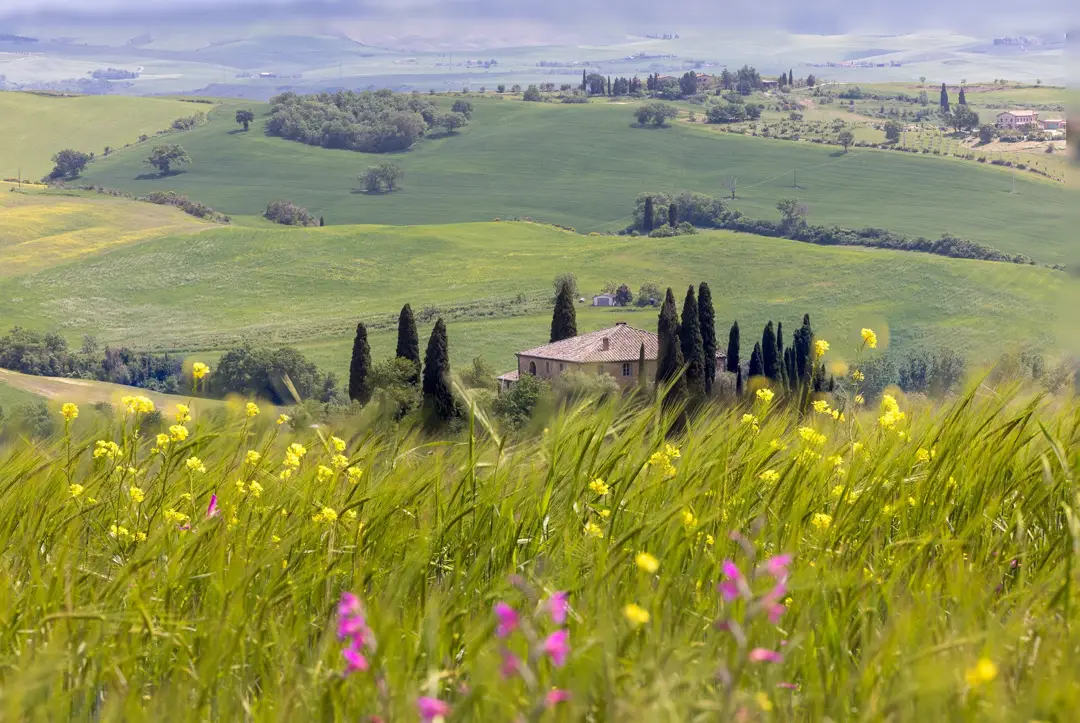
12. Isola Bella (Lake Maggiore)
Isola Bella feels like entering a botanical wonderland. This tiny islet’s gardens and ornate palace are enclosed within the calm waters of Lake Maggiore, evoking the epitome of grace and history. With its historical interiors and lush botanicals, the palace is sure to provide a unique experience
Best Time to Visit: The best time to see the gardens in full bloom is during spring and early summer.
How to Go There: Trains & Ferries- Take a train to Stresa from Milan and then a ferry to the island for the day.
13. Basilica di San Francesco (Assisi)
Spend some time at the Basilica di San Francesco, in Assisi, for a truly spiritual experience.
This UNESCO World Heritage site is home to stunning frescoes depicting the life of St. Francis. It’s a destination where history and spirituality come to life.
The spiritual atmosphere and impressive medieval art make for a rewarding experience.
Best Time to Visit: Come in spring or early fall when the temperatures are good and tourists are scarce.
How to Go There: Rome or Florence to Assisi by train– Traveling by train is an easy way to get around. You’ll see the country, make fewer stops, and enjoy the nice scenery.
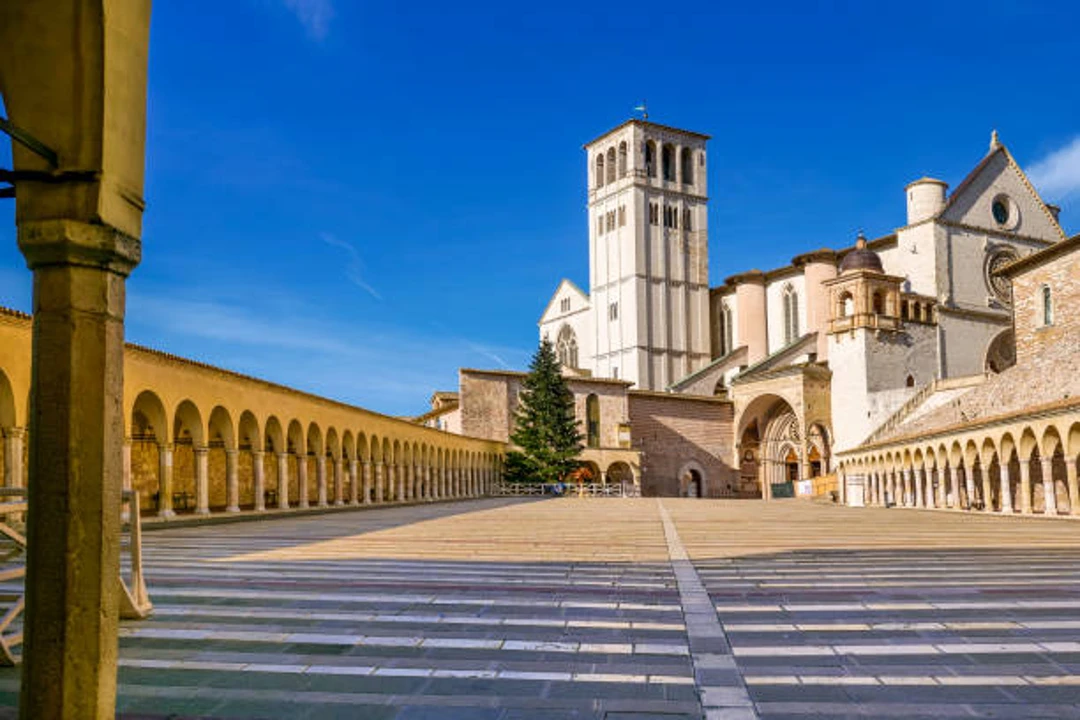
14. Sassi di Matera
Sassi di Matera is a step back in time, showcasing ancient limestone cave dwellings. Walking around this UNESCO World Heritage Site gives you a one-of-a-kind look at the prehistoric and medieval eras — it’s something you won’t forget.
It’s an incredible glimpse into the past, of how life used to be, in a magical location.
Best Time to Visit: Spring or fall = less crowds, fewer tourists and more enjoyable weather.
How to Go There: Arrive at Bari, and catch a train or bus to Matera for an easy visit to the ancient.
15. Burano Island (Venice Lagoon)
Brief and Travel-Written: Burano-® pops with color and character.
The island’s candy-colored houses and lace-making tradition are legend in the Venetian Lagoon. The streets are filled with color and crafts, capturing what real Venetian culture is all about.
Best Time to Visit: Late spring or early autumn mean bearable weather and fewer crowds.
How to Go There: Hop on a vaporetto in Venice for a short trip across the lagoon to experience this charming island.
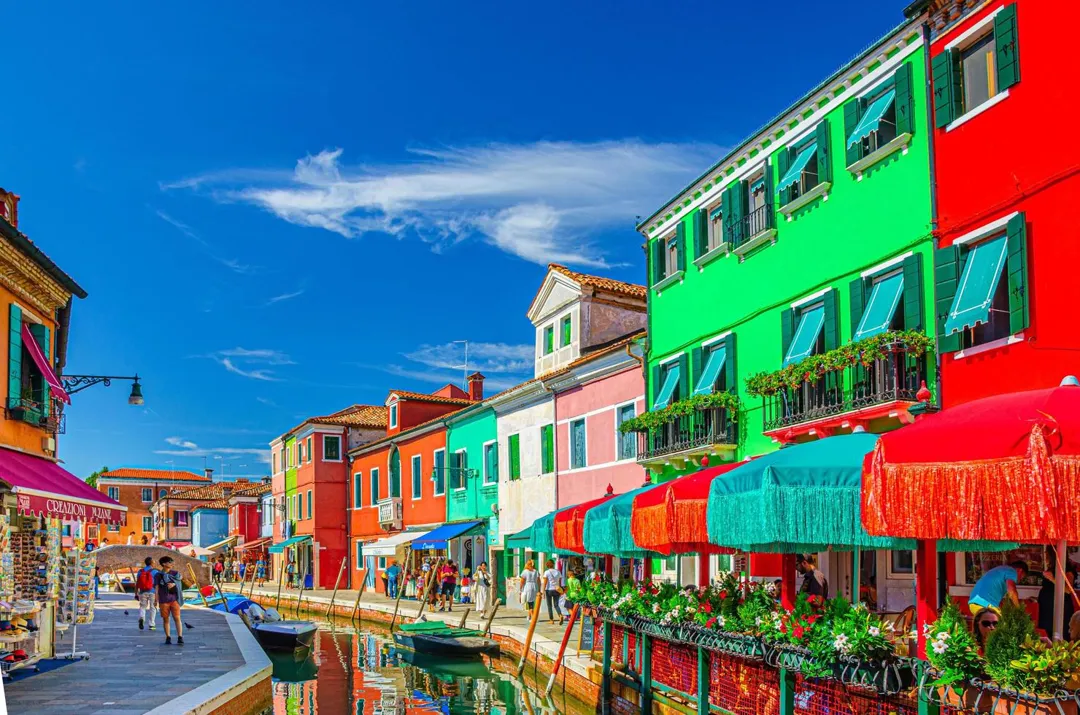
Iconic Historical and Architectural Attractions
16. Colosseum (Rome)
The Colosseum is a lasting monument to the grandeur and history of Rome.
This former site of gladiator combats and other entertainment is now open for exploration, allowing you to stroll down the same corridors as the spectators once did. Nothing beats walking through historic places.
You can almost still experience the power of Rome and its rich history. A history lover’s dream. Don’t miss it!
Best Time to Visit: It’s best to visit in spring, autumn, before or after the main tourist season.
How to Go There: Arrive at Rome and hop on a city train or metro heading to the Colosseum station, to step right onto the threshold of this place of wonders.
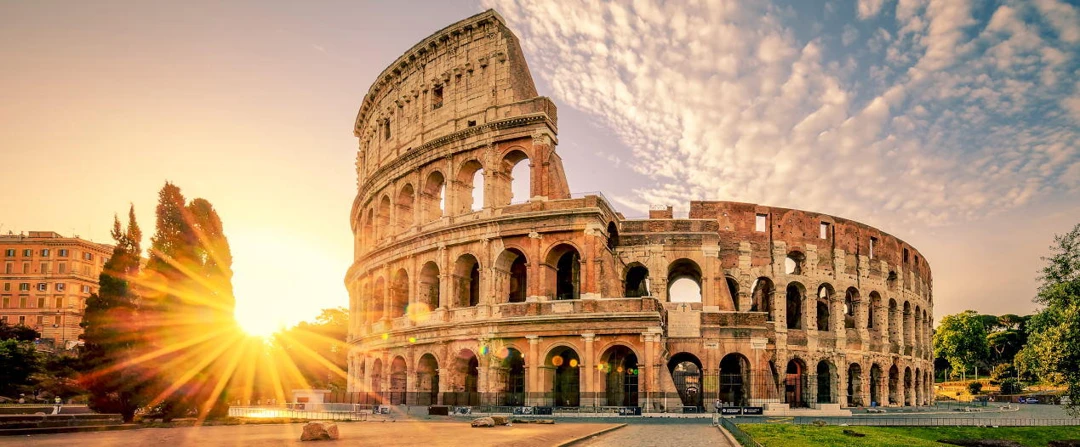
17. Leaning Tower of Pisa
This is an iconic bell tower, and books have been written about it. The lean is legendary and people flock from all over the world to take silly pictures and visit the delightful Piazza dei Miracoli.
In addition to Pisa’s architectural wonder, you can discover the city’s rich and historic center around the Leaning Tower. It’s not just a tower!
Best Time to Visit: Best early morning or late afternoon to miss the crowds and soak up the Italian light.
How to Go There: You can easily reach the tower by train from Florence or anywhere else in Italy. When you get to Pisa, simply walk or take a bus to the piazza.
18. St. Peter’s Basilica and Vatican Museums
St. Peter’s Basilica in Vatican City, as well as the Vatican Museums, are not to be missed.
Inside the second you’ll find a collection of priceless Renaissance art (and Michelangelo’s Sistine Chapel ceiling). You’ll be surprised by the religious artistry and significance that overflow. It’s a remarkable lesson in history and in art.
Best Time to Visit: My advice is to go early in the day on a weekday and you’ll find the galleries virtually to yourself.
How to Go There: Fly to Rome, then take the metro or a bus to Vatican City and head to the vibrant streets of the capital.
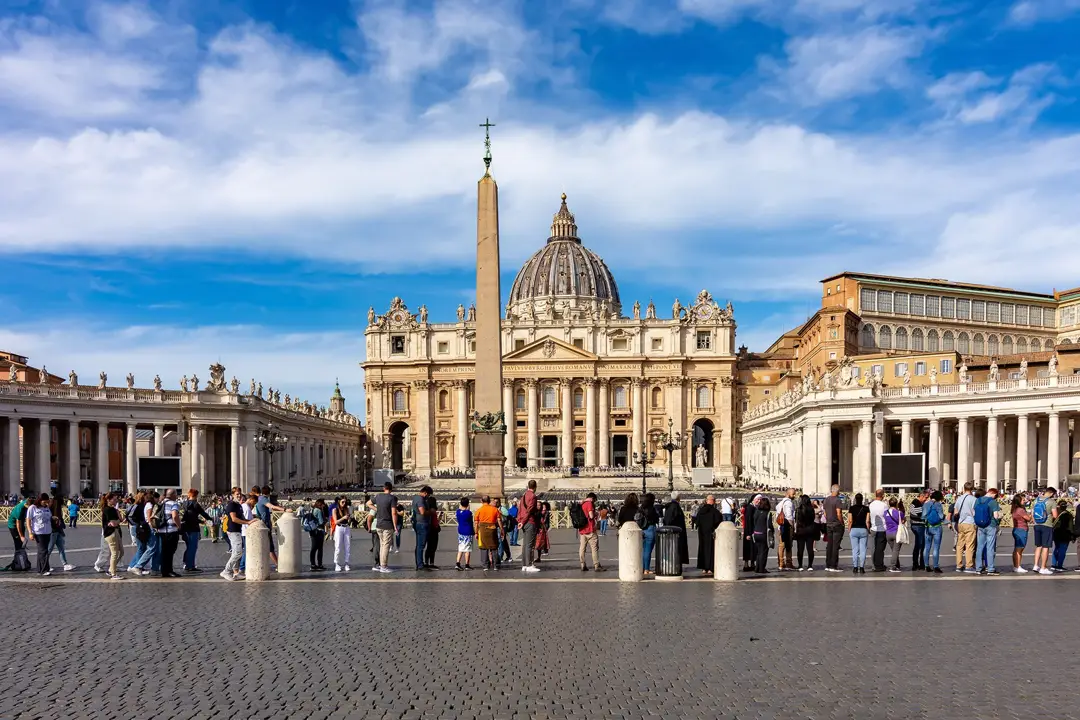
19. Pompeii Ruins
Frozen in time by the eruption of Mount Vesuvius, Pompeii represents a kind of time capsule for life in ancient Rome.
The remnants provide a remarkable glimpse into life as it was, centuries ago. Wonder daydreamed cobbled lanes and time travel with lessons in Roman life. It is surreal and enlightening.
Best Time to Visit: Spring and fall are the best times to visit, as summer is hot and crowded.
How to Go There: A train to the Pompeii station from Naples puts you at the doors of history in under an hour.
20. Palazzo Vecchio (Florence)
This old town hall makes you feel the politics and art of the Renaissance in Florence. When you climb the tower you get a great view of the city and you feel the Florence-ness of it. Explore the art and politics of Florence.
The views from the tower are just incredible and one of the best things you can do while there.
Best Time to Visit: In the late afternoon light Florence turns into a majestic sight, closing off the day in grand style.
How to Go There: Whether you fly in or take the train, walk toward Palazzo Vecchio once you get to Florence. You’ll find it in the center of town.
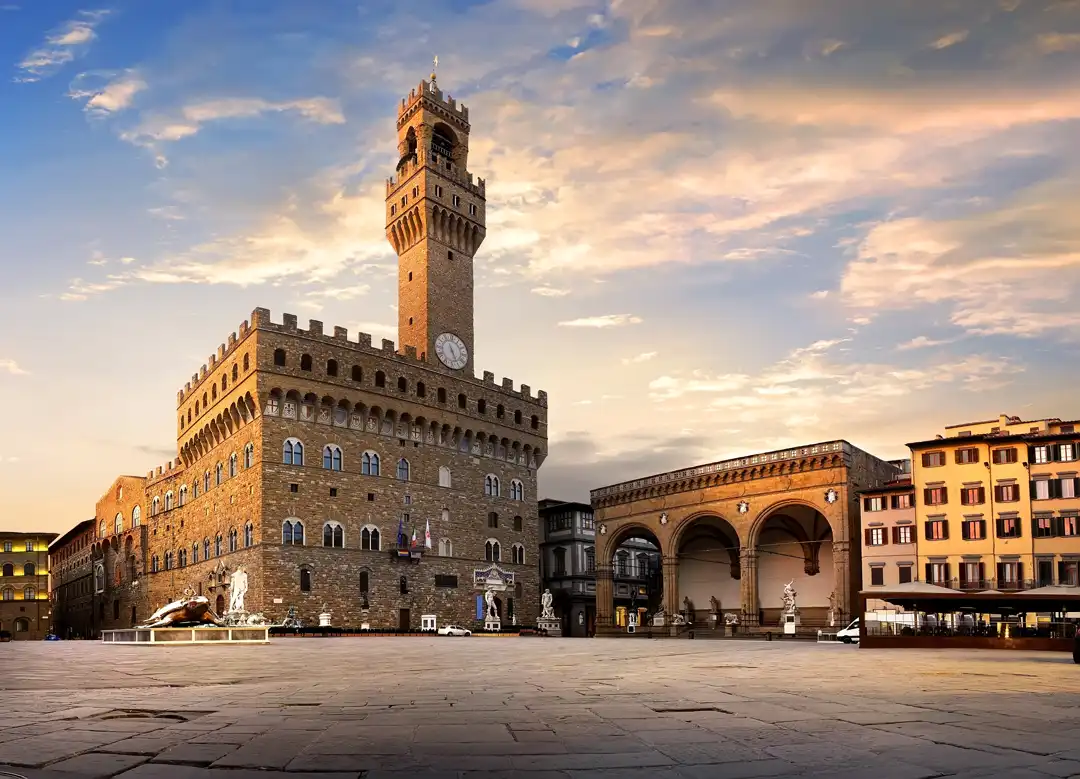
Travel Tips
Choose the Right Season for Your Interests. Spring and early fall offer ideal weather and fewer crowds; summer is best for coastal fun, while winter is perfect for skiing in the Dolomites.
Use the Right Transport for the Right Region. Take trains for fast city-to-city travel, rent a car for scenic countryside like Tuscany’s Val d’Orcia, and stick to public transport in cities to avoid driving headaches.
Avoid the Crowds for a Better Experience. Visit major attractions like the Colosseum or Vatican Museums early or during the shoulder season; explore beyond tourist zones to discover authentic local life.
Slow Down to Experience the Real Italy. Sip espresso at a neighborhood café, browse small-town markets, or visit lesser-known cities to get a genuine feel for Italian culture.
Balance Your Itinerary with Depth and Flexibility. Spend a few days in major cities like Rome or Florence, but also allow time for spontaneous moments and relaxation—Italy reveals its magic when you’re not rushing.

FAQ
1. Do I need an international driver’s license in Italy?
Yes, if you're from outside the EU, you’ll need an International Driving Permit (IDP) along with your valid driver’s license.
2. What is the best way to pay for things?
Credit cards are widely accepted, but it’s smart to carry some cash, especially in small towns and local markets.
3. How do I avoid tourist traps?
Avoid restaurants with picture menus, especially near major attractions. Look for places where locals eat and check online reviews.
4. Are there any dress codes to follow?
Modest clothing is required for churches and religious sites (e.g., covered shoulders and knees). Comfortable shoes are a must for walking on cobblestones.
Conclusion
Uncovering Italy is like searching for the lost pieces of an ancient mosaic.
You don’t just see the country when you visit. You feel (and taste) it and carry its stories home with you, adding chapters to your own life and Italy’s ongoing story.
So grab your backpack, open your mind to new adventures, and let the country’s everlasting magic work its charm.
It’s not just a place. It’s a moment that stays with you forever.
